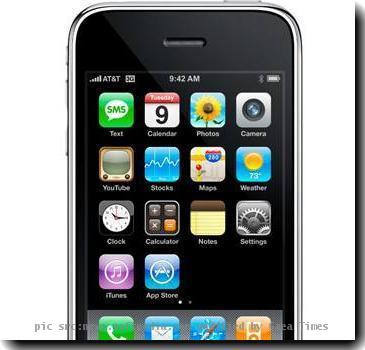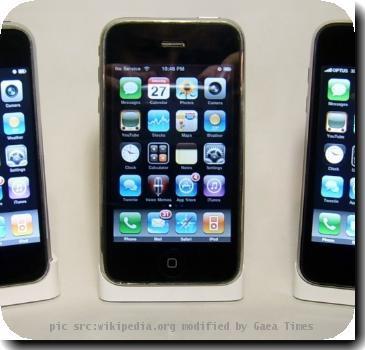Rising printer sales, royalties help Kodak post 1Q profit, but misses view, shares skid
By Ben Dobbin, APThursday, April 29, 2010
Kodak posts profit, but misses view, shares tumble
ROCHESTER, N.Y. — Eastman Kodak Co. said Thursday it posted a $119 million profit in the first quarter in contrast to a large loss a year ago, lifted by inkjet printer sales and a settlement deal with Samsung Electronics Co. over disputed digital-imaging technology.
Revenue rose 31 percent, matching Wall Street expectations. But its adjusted earnings fell short of analysts’ estimates, raising renewed concern about the photography pioneer’s ability to complete its long-drawn-out digital transformation.
Kodak widened its anticipated loss from continuing operations for 2010 on relatively flat sales.It now expects to lose $50 million to $150 million, including a $102 million charge for shedding some debt early. Its forecast in February ranged from a $50 million profit to a $50 million loss.
Its shares tumbled $1.36, or 16.3 percent, to $6.99 in afternoon trading. The stock is still closer to the higher end of its 52-week range of $2.44 to $9.08 a share.
The 129-year-old company is relying on leaner costs, royalties from digital-camera inventions, and rapidly shrinking but still high-margin film revenue as it battles to remake itself. It has eliminated almost 50,000 jobs since 2002, and its work force of 20,300 is its smallest since the 1930s.
“They’re using their patents to buy time” to build up promising inkjet printer businesses in both consumer and commercial markets, said Ulysses Yannas, a broker with Buckman, Buckman & Reid in New York. “They’re essentially working to replace film with ink. They need to do that very quickly.”
After a $3.4 billion turnaround from 2004 to 2007, Kodak’s momentum was stalled by the economic downturn. But it broke a run of four quarterly losses with a $443 million profit in the last three months of 2009.
In the January-March period, Kodak said it earned the equivalent of 40 cents a share. That compares with a loss of $353 million, or $1.32 a share, a year earlier.
Excluding one-time items of $137 million, or 42 cents a share, Kodak said it earned 82 cents a share. Analysts expected Kodak to earn 90 cents per share.
Revenue rose to $1.93 billion from $1.48 billion, boosted by a one-time licensing payment of $550 million from Samsung. It also benefited from a 27 percent jump in sales of consumer inkjet printers and ink.
Digital sales rose 55 percent to $1.5 billion from $972 million in last year’s first quarter. The segment notched an operating profit of $393 million compared with an operating loss of $217 million a year earlier.
Traditional film-based revenue fell 14 percent to $431 million from $503 million. Helped by cost reductions, however, operating profits doubled to $16 million.
Kodak aims to begin drawing profits in 2011 from consumer inkjet printers, having doubled sales to more than 2 million units last year. Its commercial inkjet systems could become profitable in 2012, it said.
After a slow start in January, the consumer inkjet unit “exited the quarter with a very high double-digit growth rate,” Kodak’s chief operating officer, Philip Faraci, said in a conference call with analysts. “We also very much expect for the year to exit with very high double-digit growth rate on the printer side as well as more than doubling the ink-cartridge sales.”
After a yearlong legal tussle, Kodak negotiated royalty payment deals with South Korea’s Samsung and LG Electronics Inc. in December. It followed up in January by suing Apple Inc. and Research in Motion Ltd. over digital-camera technology in their iPhone and BlackBerry smart phones.
Kodak has amassed more than 1,000 digital-imaging patents, and almost all of today’s digital cameras rely on that technology. On average, it expects to generate $250 million to $350 million annually through 2011 in licensing fees and royalties from its intellectual property.
On the Net: www.kodak.com


